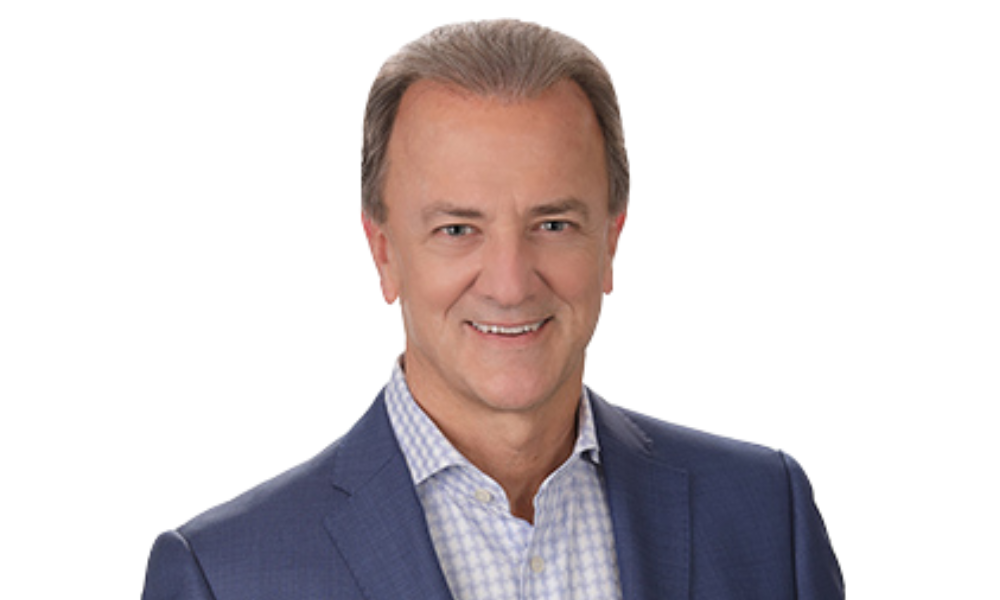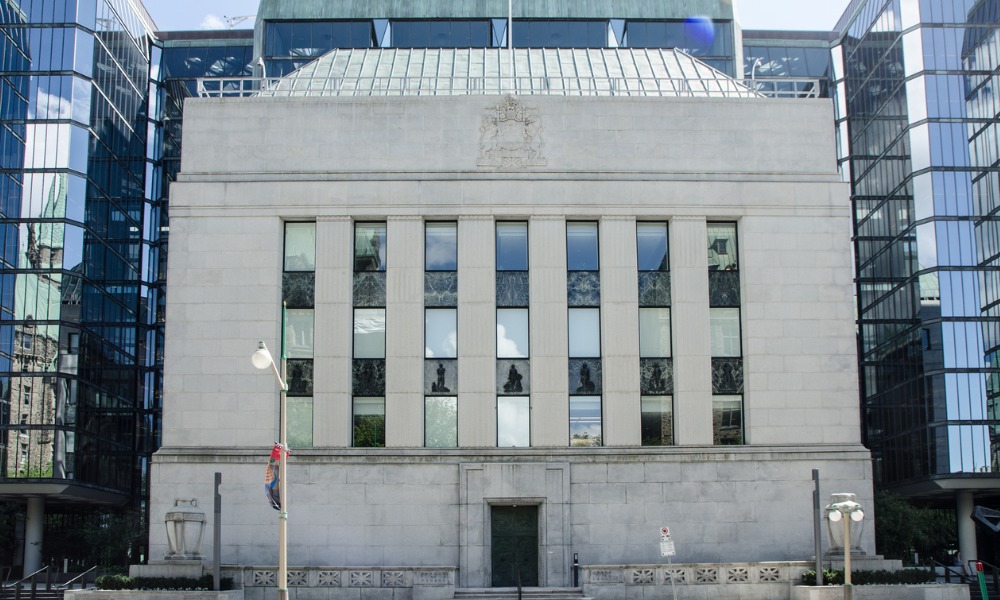With Bernie Sanders' drive for public healthcare in the US, merits and flaws of Canada’s system are in the spotlight

Canada’s demographic shift means the country’s healthcare system is in need of a refresh, believes Queen’s University academic Dr. Chris Simpson. With Bernie Sanders currently advocating for universal coverage in the United States, Canada’s mixed public-private partnership on health has come under the spotlight. Supporters of Sanders have used Canada as an example for the US to follow, while opponents have pointed out the flaws in government plans, particularly long wait times. In Simpson’s view, there is much to admire with the Canadian system, but also much that can be improved upon.
“I think a lot of the arguments from American lawmakers are simplistic,” he says. “The famous video of Dr. Danielle Martin taking on the US senator (Richard Burr) – his arguments were very amateurish and designed as red meat for his base. The reality is we need far more sophisticated arguments than that.”
Canada’s current healthcare system dates back to the 1960s when the provinces followed the model devised by Saskatchewan premier Tommy Douglas. Critics of government funded plans argue that long wait times put the public at risk. This neglects the fact that for emergencies, there are few countries with better care than Canada, explains Simpson.
“There is no question that access and wait times are the Achilles’ heel of our system,” he says. “What’s often lost in that argument is that if you have an urgent problem, there may well be no better place than Canada to have your care. You will get it very quickly and you will get world-class care.”
In a recent paper, the Queen's University School of Policy Studies Health Policy Council identified efficiencies that could be made in Canadian healthcare. As one of the study’s authors, Simpson believes an improving economy means reform is more achievable. When it comes to making the system more accessible for the public and affordable for governments, a national pharmacare plan is regularly cited as a first point of action. In Simpson’s view, the prospect of government sponsored drug plans is looking increasingly likely.
“We are probably closer than we ever have been and there seems to be more credible economic analysis floating around,” he says. “What I worry about are the some of the new drugs coming down the pipeline – biologics and some of these extraordinarily expensive drugs.”
While certain segments of the population receive drugs through a government plan, the majority of people rely on group plans through work or either pay out of their own pocket. It’s a considerable expense to bear, and something policymakers need to address, believes Simpson.
“We haven’t got together and created a larger bargaining unit,” he says. “If you take New Zealand as an example, they have been able to get prices right down. In Canada the Council of the Federation has made some progress on bulk purchases. Critics say it impedes innovation and will drive the drug companies out, so it’s a double-edge sword.”
He adds: “If you take a step back and look at how we invest money as a society, to have doctors and hospitals 100% publically covered, and have the rest as a free-for-all doesn’t make a whole lot of sense. Shouldn’t public dollars be distributed across a much broader range of services?”
Related stories:
National pharmacare not the answer to drug affordability: CLHIA head
At NAFTA talks, Canadian progress toward universal pharmacare could be at stake
“I think a lot of the arguments from American lawmakers are simplistic,” he says. “The famous video of Dr. Danielle Martin taking on the US senator (Richard Burr) – his arguments were very amateurish and designed as red meat for his base. The reality is we need far more sophisticated arguments than that.”
Canada’s current healthcare system dates back to the 1960s when the provinces followed the model devised by Saskatchewan premier Tommy Douglas. Critics of government funded plans argue that long wait times put the public at risk. This neglects the fact that for emergencies, there are few countries with better care than Canada, explains Simpson.
“There is no question that access and wait times are the Achilles’ heel of our system,” he says. “What’s often lost in that argument is that if you have an urgent problem, there may well be no better place than Canada to have your care. You will get it very quickly and you will get world-class care.”
In a recent paper, the Queen's University School of Policy Studies Health Policy Council identified efficiencies that could be made in Canadian healthcare. As one of the study’s authors, Simpson believes an improving economy means reform is more achievable. When it comes to making the system more accessible for the public and affordable for governments, a national pharmacare plan is regularly cited as a first point of action. In Simpson’s view, the prospect of government sponsored drug plans is looking increasingly likely.
“We are probably closer than we ever have been and there seems to be more credible economic analysis floating around,” he says. “What I worry about are the some of the new drugs coming down the pipeline – biologics and some of these extraordinarily expensive drugs.”
While certain segments of the population receive drugs through a government plan, the majority of people rely on group plans through work or either pay out of their own pocket. It’s a considerable expense to bear, and something policymakers need to address, believes Simpson.
“We haven’t got together and created a larger bargaining unit,” he says. “If you take New Zealand as an example, they have been able to get prices right down. In Canada the Council of the Federation has made some progress on bulk purchases. Critics say it impedes innovation and will drive the drug companies out, so it’s a double-edge sword.”
He adds: “If you take a step back and look at how we invest money as a society, to have doctors and hospitals 100% publically covered, and have the rest as a free-for-all doesn’t make a whole lot of sense. Shouldn’t public dollars be distributed across a much broader range of services?”
Related stories:
National pharmacare not the answer to drug affordability: CLHIA head
At NAFTA talks, Canadian progress toward universal pharmacare could be at stake



